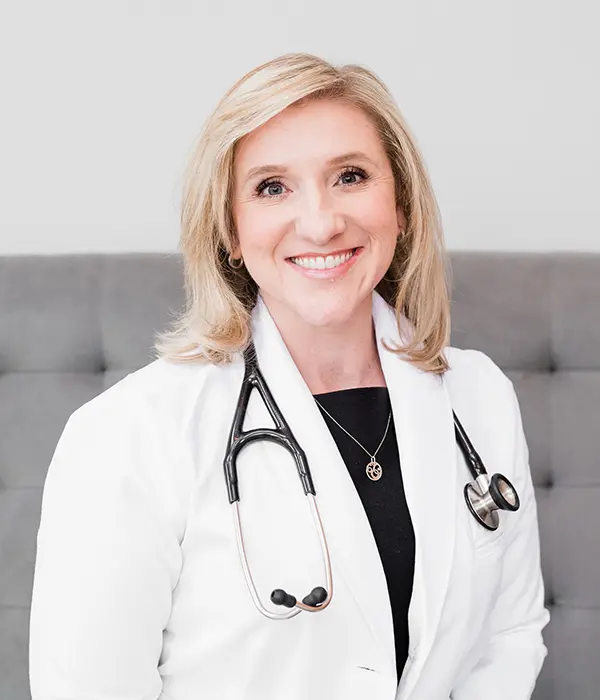Strategies for Retaining Top Talent in Healthcare
Retaining top talent in the healthcare industry is crucial for maintaining quality patient care and organizational success. As the healthcare sector faces ongoing challenges, including burnout and staffing shortages, implementing effective retenti…
The Role of Advanced Practice Nurses in Modern Healthcare
Advanced Practice Nurses (APNs) have become increasingly vital in today’s healthcare landscape, playing a crucial role in bridging gaps in patient care and improving overall health outcomes. As the healthcare industry evolves to meet growing deman…
The Impact Healthcare Educators Have on the Quality of Nursing Care
What role do educators play in the development of professional society? That is a question that can keep teachers up at night if they aren’t careful. People naturally wonder—do professionals, healthcare or otherwise, build their own success, or ar…
How to Land High-Paying, Low-Stress Healthcare Jobs
The healthcare industry is known for its demanding nature, but not all roles in this field are high-stress. In fact, there are several positions that offer an attractive combination of high pay and relatively low stress. This guide will help you n…
The Growing Demand for Nurses: Top States in Need
The growing demand for nurses across the United States is reaching critical levels, with some states facing more severe shortages than others. This trend is driven by several factors, including an aging population, increased focus on preventative …
Stressful Nursing Careers That are Worth the Salary
Nursing is stressful. Does the profession adequately compensate the people who dedicate their lives to it? The answer to that question, of course, is subjective. Nurses do make more money than the national average. They also save lives.
It’s ha…
The Impact of New Technologies on Healthcare Training Programs
In recent years, the integration of advanced technologies into healthcare training programs has dramatically reshaped the educational landscape for future medical professionals. These technologies not only enhance learning experiences but also pre…
Mental Health Support Strategies for Healthcare Personnel
On the surface, nursing jobs meet so many of the criteria that lead to workplace satisfaction. They can elevate a person’s community standing. Most people recognize and appreciate the services of all healthcare workers, but perhaps none more than …
PROVIDER SPOTLIGHT: Aleece Fosnight, PA-C, CSC-S, CSE, NCMP
The Sexual Health Trailblazer
It is hardly an exaggeration to describe Aleece Fosnight as a trailblazer. This board-certified physician assistant is shaking things up and addressing concerns that have long been overlooked in the field of women’s …
Innovative Healthcare Careers Sparked by Evidence-Based Practice
Healthcare is constantly evolving to keep up with the most scientifically supported approaches to achieving good patient outcomes. Evidence-based practice is a concept that fully embraces that essential healthcare truth. Every patient is an indivi…










